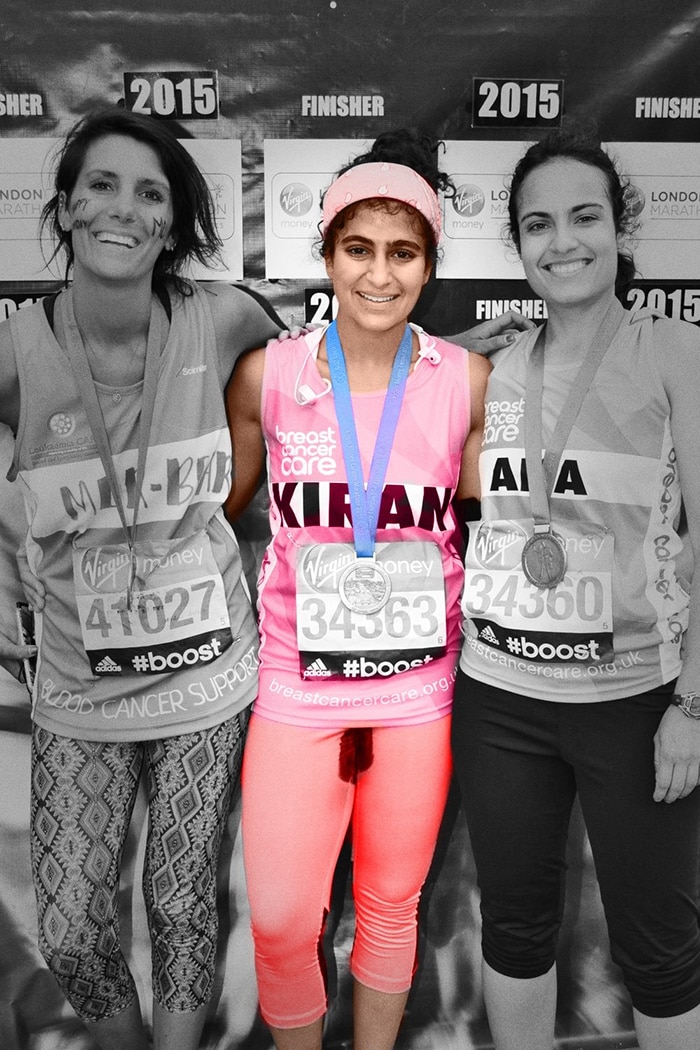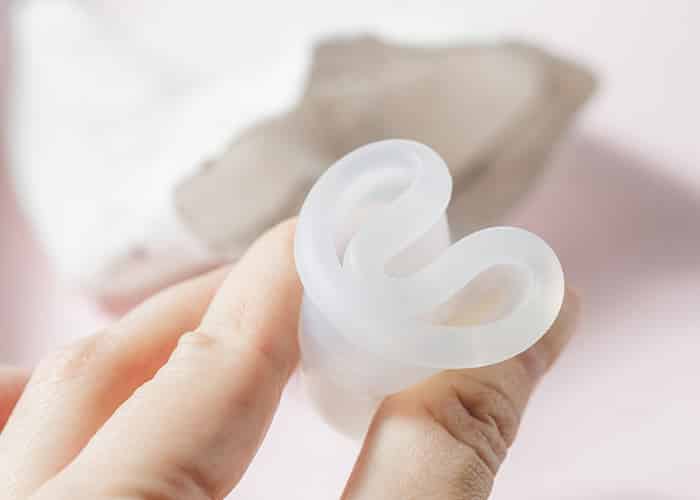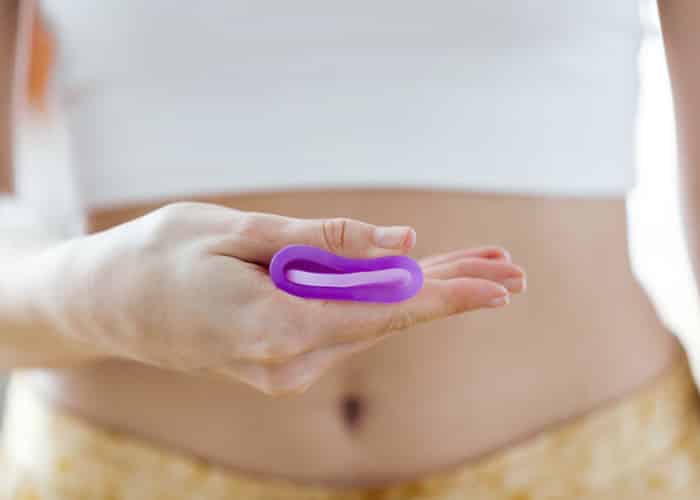Indeed– many of us have been shouting for intimate hygiene products that don’t irritate our genitals and that don’t produce so much waste; and for that, the menstrual cup has arrived. Now, with the use of the cup and the feminine empowerment that has emerged with societal development, it’s not only about health but also about ideologies: menstruation as an instrument of women’s power. With this, free bleeding was born.
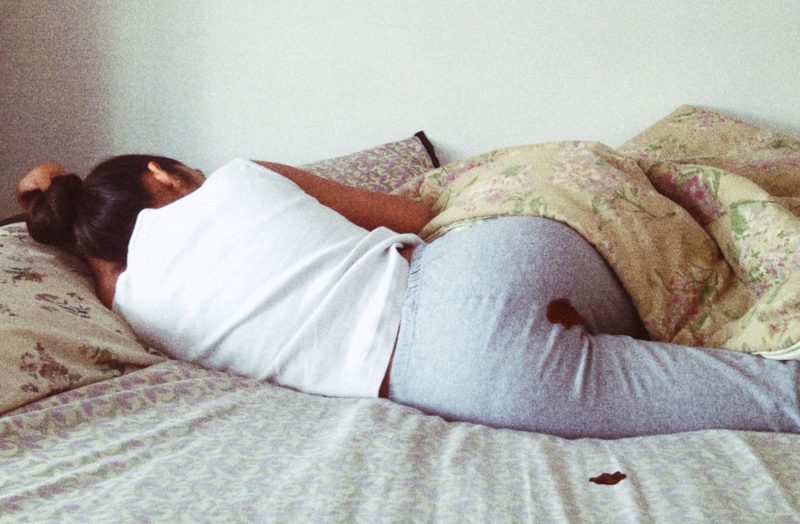
It’s interesting to see that this practice functions as a means of expression adopted by the feminist movement. It resurfaces from a 2014 marathon when activist Kiran Gandhi ran a course wearing visible menstrual stains. This symbolic act attempted to break the stigmatization of the period that many women and girls suffer from around the world.
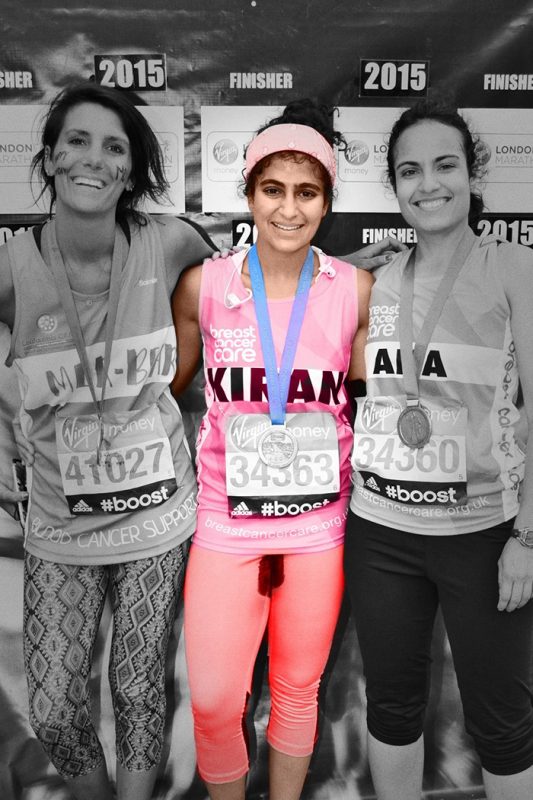
How do you do free bleeding?
Technically, the essence of free bleeding is really letting your blood run freely regardless of any evidence left by your period or of what others think about it. But as said before, it’s about an ideology in which you must not only let your blood flow but become aware of your menstrual process.
It allows self-knowledge and awareness of the vaginal muscles, as well as encourages you to perceive the reactions generated by your body when it is about to start its period.
How is it done?
Of course, if you agree with the concept of free bleeding but don’t want the blood to stream down your legs like a river, there are techniques women use to control their blood flow. These require practice through the use of the pelvic floor muscles.
Women who practice it have the capacity to contract their vaginal muscles to contain the flow of blood for a certain amount of time.
All of us can feel it when our fluid is about to come out. At that moment, before passing through the uterine neck or cervix, a woman must contract her vaginal muscles to hold in the blood and, as necessary, go to the bathroom to release it. Therefore, you must practice self-awareness to recognize the moment to hold it in and the moment to let it go.
In order to increase your strength in these muscles, it’s very common to practice Kegel exercises and other techniques that you can read in our article “What is the pelvic floor and how can you strengthen it?“.
I like the concept, but I don’t want to stain my clothes, How do I do it?
Free bleeding first arose as a rejection of pads and tampons that released substances harmful to health and caused Toxic Shock Syndrome. If you like this line of thinking, there are manyecological and sustainable ways without having to spend hours clearing stains from your clothes.

The menstrual cup is an excellent idea to start practicing free bleeding, which, while you learn to control your pubococcygeal muscles (the medical name attributed to the vaginal muscles) will be a mechanism of self-knowledge and protection of your intimate area, since It is very safe for you and the environment.
The menstrual cup doesn’t cause infections, allergies, or Toxic Shock Syndrome. Reusable panties and fabric pads have also become available, which are absorbent and also ecological so that you can train your body to get used to feeling the movements of your uterus.
Can all women practice free bleeding?
Yes! With free bleeding, the idea is about letting it flow and not caring if anyone notices the stains. Although, again, if what you want is to be able to contain your flow for hours and afterward, consciously expel it in the bathroom, you’ll need strong pelvic floor muscles.
For this reason,the practice is often more difficult for women who have recently given birth by natural means, or who have conditions like pelvic organ prolapse.
You can begin by practicing it in house, and when you are going to leave for work or run errands, opt to use your menstrual cup or fabric pads. In this way, you can pick up the skill and practice it until you finally master the art of containing your menstrual blood.
Free bleeding may not be for everyone, but you can always support the gender equality movement by providing education, debunking myths, and above all, feeling proud of every natural process that occurs in your body, including your menstruation.
